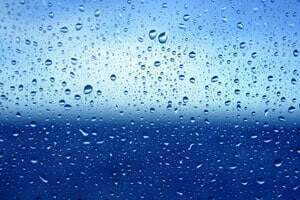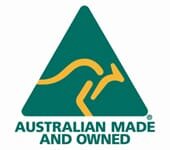 It’s a win-win, and possibly an example of sensibly measured outcomes that are based on compromise and consideration from both sides. Yes. There is an agreement concerning 430,000 hectares of native forest in Tasmania which will now be protected from logging.
It’s a win-win, and possibly an example of sensibly measured outcomes that are based on compromise and consideration from both sides. Yes. There is an agreement concerning 430,000 hectares of native forest in Tasmania which will now be protected from logging.
According to Terry Edwards of The Forest Industries Association, an exact net worth of the deal cannot be measured. Suffice to say however “it will be a significant sum of money.”[1] While the Tasmanian state opposition has criticised the deal, the Tasmanian Premier Lara Giddings and Gunns have welcomed the peace deal recommendations.
Internationally acclaimed Dr. Joe Landsberg, the former CSIRO Forest Division chief, has frequently mentioned the importance of forests to humanity. In a 2010 interview with ABC science reporter Robin Williams, he said that “forests are important for their aesthetic, ecological and direct economic values and also because they absorb around 20% of the carbon dioxide modern human activities emit into the atmosphere.”[2]
Forests vary in type, density and foliage and range from the exotic and plush “luxuriant” rainforest types through to the more impoverished and denuded forests that are found in boreal regions across the globe.
Landsberg also maintains that if we are to manage these forests appropriately, we need to measure and know the mass of materials in them and we need to understand the growth rates to predict and map out forest growth – which are known as process based models – in the forestry community. This will then give us an understanding of the value of specific forests and aid in their management, protection and preservation.
Certainly, the management of forests in Australia could benefit greatly from the process based models proposed by Dr. Landsberg. The history of conflict over rainforest growth in areas such as Tasmania where the recent settlement has just occurred, as well as parts of Queensland could well be averted, with recourse to a scientifically grounded set of facts and measurements that remove emotional bias and heated contention from old growth forest conflicts.
The new Tasmanian settlement between the logging industry and environmental groups was facilitated by the ACTU’S Bill Kelty who helped broker the 9 page agreement. Some of the outcomes include:
Gradual exiting of timber felling from native forests
4-5 mill closures in Tasmania
The Environment Minister Tony Burke also said the decision was particularly momentous because it is the only time Environment Tasmania, the Australian Conservation Foundation and the forestry industry have agreed and reached a joint position on an issue.[3]
Envirosafe Solutions also supports the historic agreement and operates as a green business that promotes sustainable industry. “Envirosafe Solutions is 100% committed to reducing their own environmental impact and believe in leading by example.”[4]
Envirosafe Solutions Extreme Green Range of products is available now. Simply call 1300 88 90 70 to order.
[1] http://www.abc.net.au/nes/stories/2011/06/24/3252312.htm
[2] http://www.abc.net.au/rn/ockhamsrazor/stories/2010/3089173.htm
[3] http://www.abc.net.au/pm/content/2011/s3251854.htm
[4] http://www.envirosafesolutions.com.au/about_menu.php?id=8

































